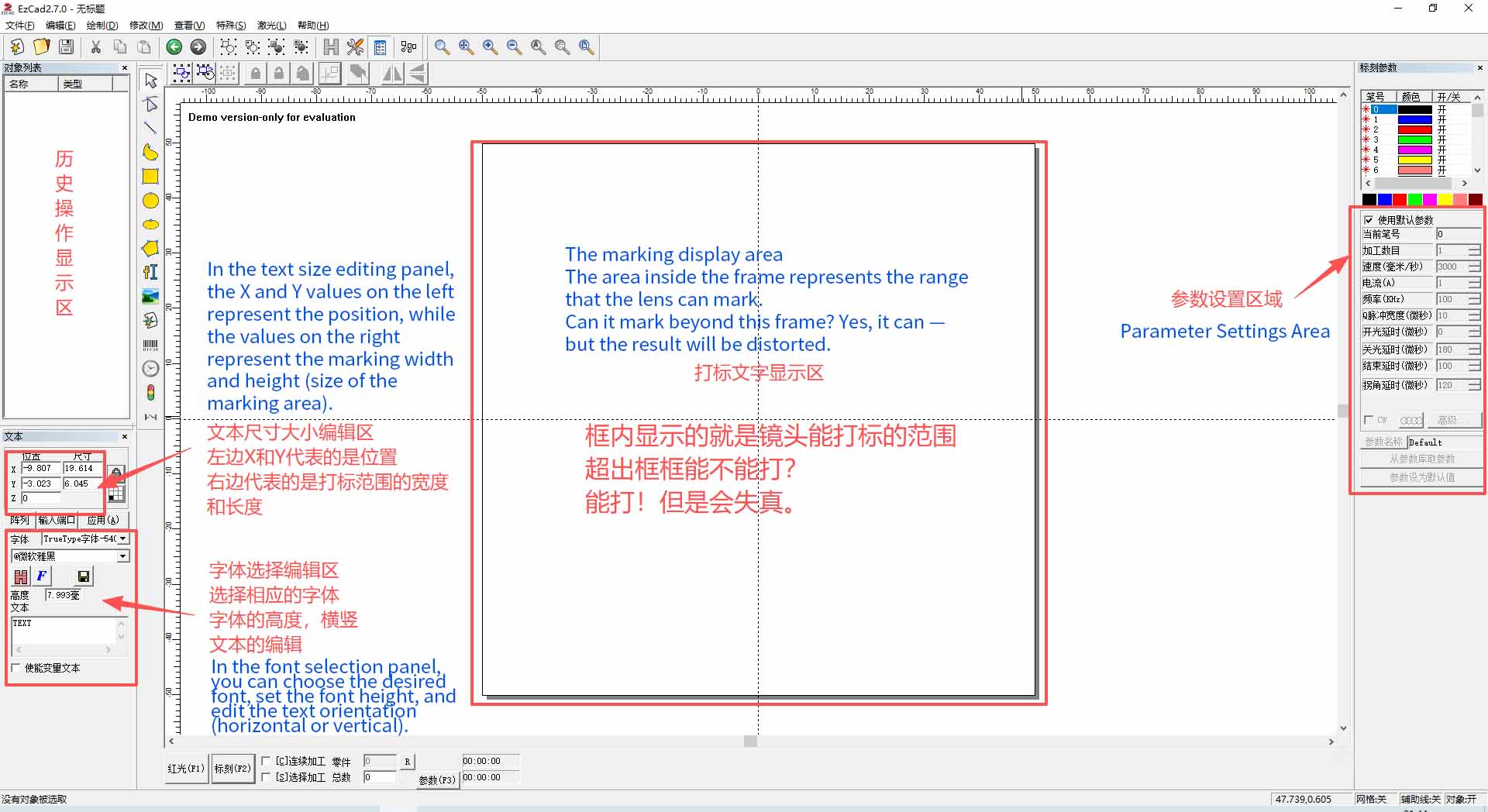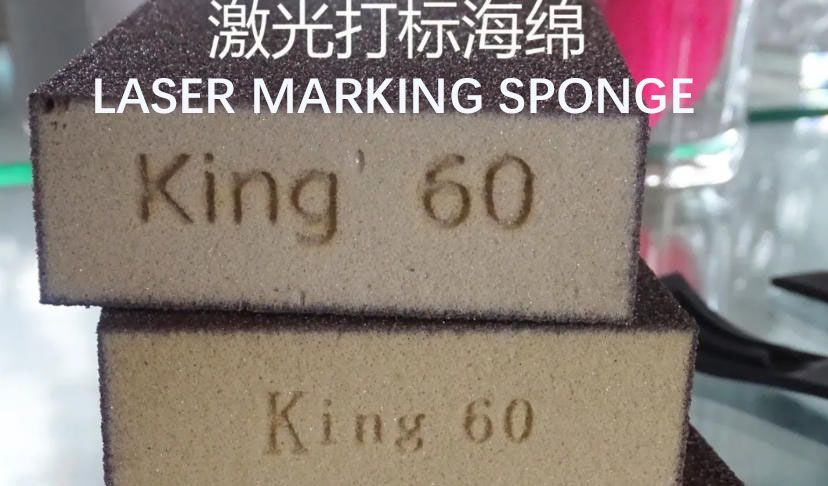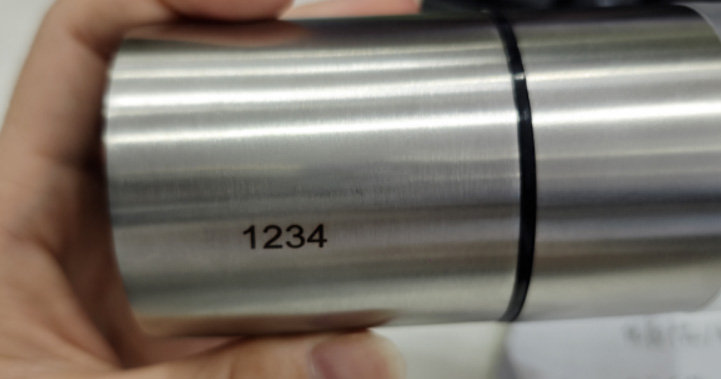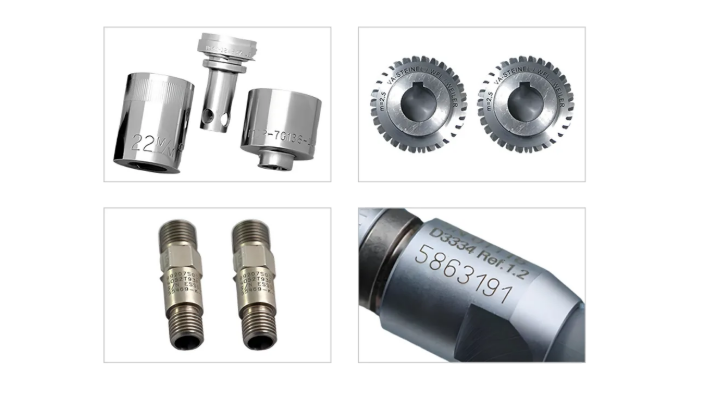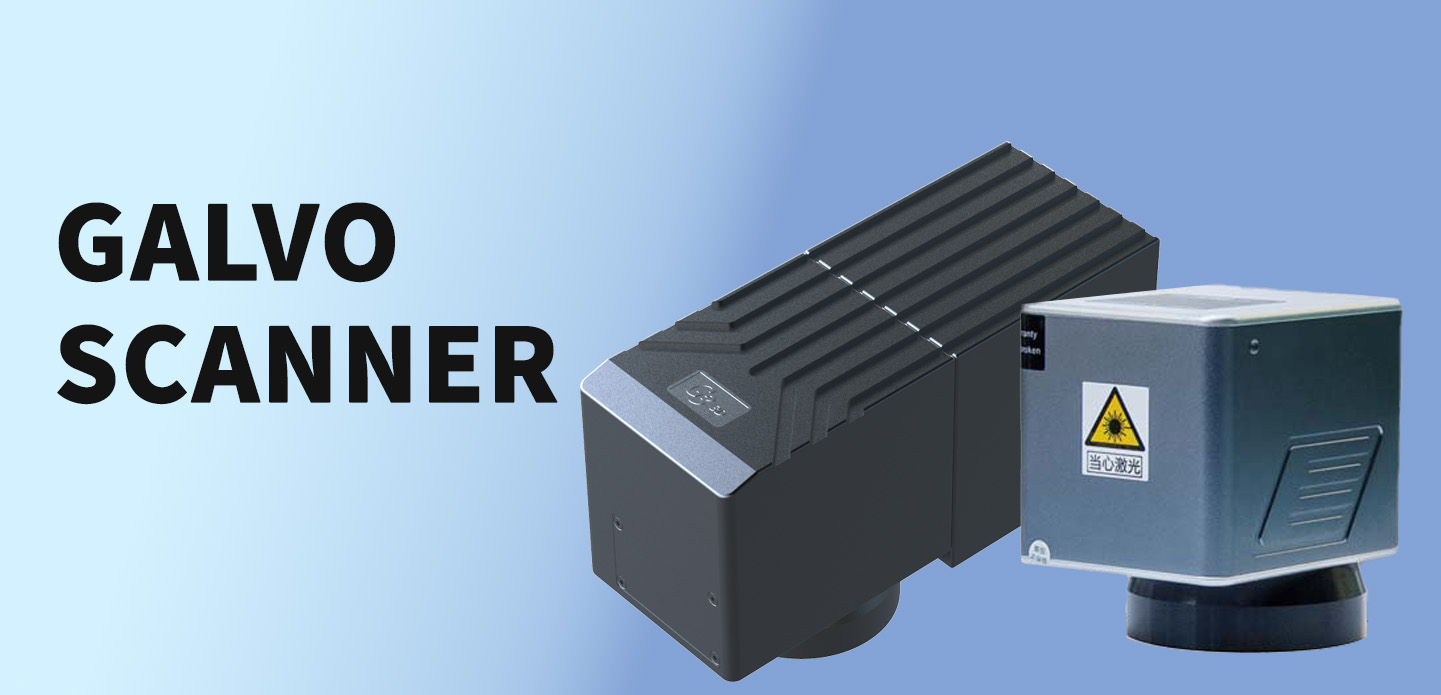
Introduction
In the field of laser processing, galvo scanners play a critical role in determining marking precision, processing speed, and application flexibility. Traditionally, 2D galvo scanners have been widely used in flat-surface laser marking and engraving. However, with the growing demand for complex shapes and high-precision manufacturing, the 3D galvo scanner has become the preferred choice for global industries.
So, why is a 3D galvo scanner better than a 2D galvo scanner? Let’s explore the differences in technology, applications, and performance.
1. Working Principle: 2D vs. 3D
2D Galvo Scanner: Works with two mirrors (X and Y axes), allowing the laser beam to scan only on flat surfaces. It is suitable for marking barcodes, serial numbers, and logos on planar materials.

3D Galvo Scanner: Adds an additional Z-axis control (focus shifting lens system) to adjust the laser focus dynamically. This enables the scanner to process objects with varying heights, curved surfaces, and 3D geometries.
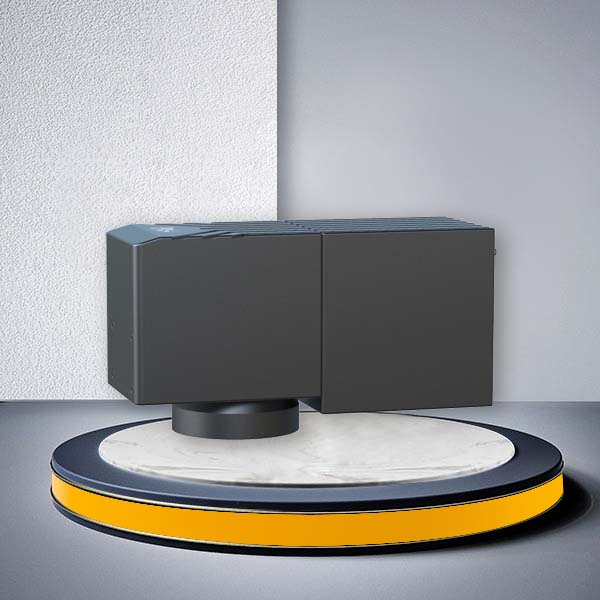
3D Galvo for Mid & Small Size
In simple terms: 2D = flat only, 3D = flat + curved + multi-layered surfaces.
2. Key Advantages of 3D Galvo Scanner
a. Wider Processing Range
A 3D galvo scanner can cover a larger marking field (up to several hundred millimeters) while maintaining consistent focus, something a 2D scanner cannot achieve.
b. Marking on Curved & Irregular Surfaces
From cylinders, spheres, bevels, to step-shaped objects, the 3D galvo scanner ensures clear and distortion-free marking, eliminating the need for additional mechanical fixtures.
c. Higher Precision and Consistency
3D scanning automatically adjusts the focal length in real time, ensuring uniform laser energy distribution across different depths. This leads to better engraving depth, accuracy, and stability.
d. Versatile Applications
Electronics: Marking IC chips, PCB boards, connectors with multiple height layers.
Automotive: Engraving VIN codes and logos on engine parts with curved surfaces.
Medical Devices: Marking surgical tools, implants, and stainless-steel tubes.
Jewelry & Watches: High-precision engraving on curved rings and cases.
Molds & Tools: Deep engraving and texture marking without manual refocusing.
e. Higher Efficiency & Automation
By eliminating manual adjustments for different surface levels, 3D galvo scanners reduce downtime, improve productivity, and are ideal for automated production lines.
3. Technological Core of 3D Galvo Scanner
The superiority of a 3D galvo scanner comes from its software + hardware integration:
3-Axis Control System – JCZ control boards combined with 3D laser marking software (e.g., EZCAD3) ensure accurate beam positioning.
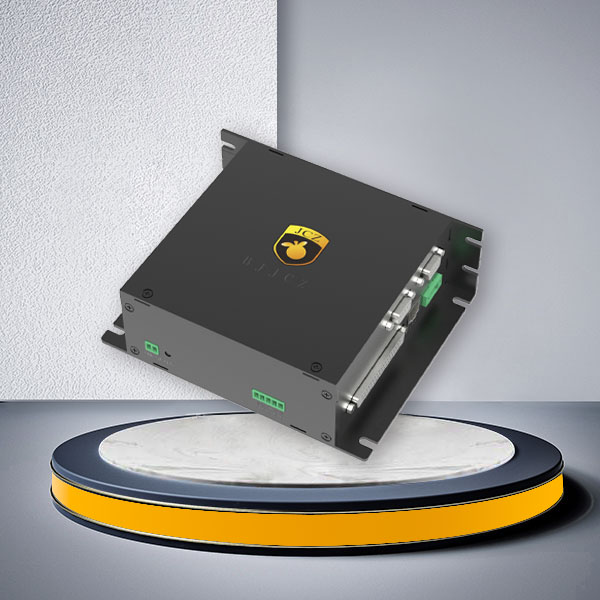
Dynamic Focusing Lens – Adjusts laser focal length in microseconds for real-time depth control.
High-Speed Mirrors – Advanced galvanometer mirrors guarantee smooth scanning with minimal distortion.
Compatible Laser Sources – Works with fiber, CO₂, and UV lasers for a wide range of materials.
4. Why Upgrade from 2D to 3D Galvo Scanner?
Future-Proof Investment – As industries adopt more complex designs, 3D becomes the new standard.
Broader Market Applications – From aerospace to medical, 3D scanners open doors to new customers and projects.
Higher ROI – Reduced rework, higher precision, and faster throughput translate into long-term cost savings.
Conclusion
While 2D galvo scanners are reliable for flat-surface marking, the 3D galvo scanner offers unmatched advantages in precision, flexibility, and industrial applications. For manufacturers aiming to expand capabilities and enter high-value markets, investing in 3D laser marking technology is the smart choice.
Contact us today to learn more about our 3D galvo scanner solutions and discover how they can enhance your production efficiency and product quality.


